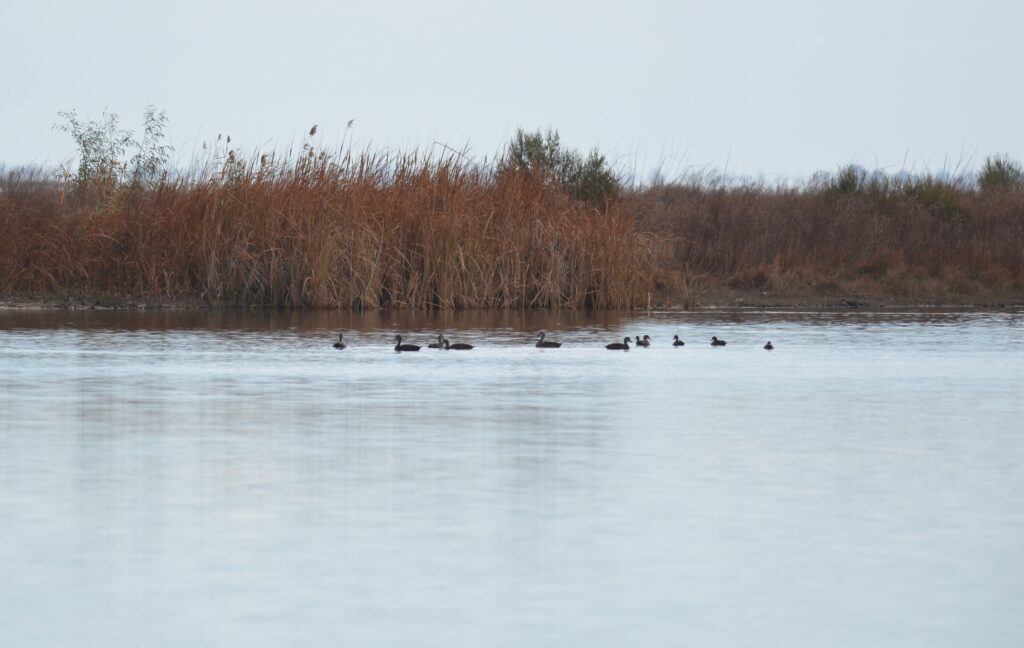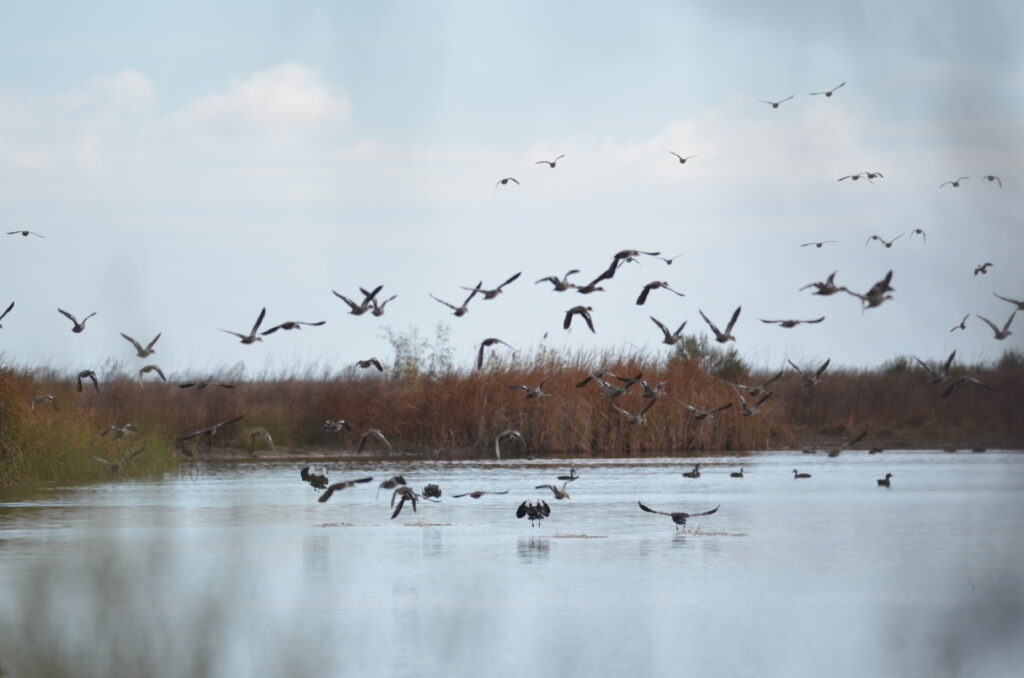Rain, River, and Resilience: A Snapshot of Lake Hindmarsh Birds
Lake Hindmarsh June 2025 Bird Survey

Pacific Black Ducks in Wimmera River, Jeparit
📸 Jonathon Starks
Date: 11 June 2025
Overview
The lake itself remained dry, with no visible water at any shoreline sites. However, the Wimmera River, particularly below the Jeparit weir and at a bend near the bridge west of Jeparit, continued to support small numbers of wetland birds. A notable observation was two Australian Shelduck foraging near a rain-filled pool at Site 4, hinting at the lake’s potential to support birdlife if water returns.
Bird Populations
Despite the declining water levels, a total of 287 birds across 6 species were recorded on the lake sites only, but including the extra river site a total of 378 birds across 12 species were recorded.
Survey Highlights
- Most abundant species:
- Grey Teal – 245 at lake sites, 45 at the extra site
- Other notable species:
- Pacific Black Duck – 41 total
- Purple Swamphen – 22 total
- Australian Shelduck – 2 at lake site
- Australian Darter, Great Cormorant, Pied Cormorant – seen only at the extra site
- Species diversity:
- Low overall, with only four duck species and no shorebirds observed.

Jonathan Starks – Ducks flying off at Wimmera River Jeparit
📸 Jonathon Starks
Summary Table
| SITE | 2 | 3 | 4 | 4R | 5 | 6 | TOTAL | Extra |
| Australasian Coot | 0 | 10 | ||||||
| Australian Darter | 0 | 2 | ||||||
| Australian Shelduck | 2 | 2 | ||||||
| Australian Wood Duck | 0 | 5 | ||||||
| Dusky Moorhen | 1 | 1 | ||||||
| Great Cormorant | 0 | 2 | ||||||
| Grey Teal | 45 | 200 | 245 | 45 | ||||
| Hoary-headed Grebe | 1 | 1 | ||||||
| Little Black Cormorant | 0 | 1 | ||||||
| Pacific Black Duck | 6 | 12 | 18 | 23 | ||||
| Pied Cormorant | 0 | 1 | ||||||
| Purple Swamphen | 3 | 17 | 20 | 2 | ||||
| TOTAL: | 0 | 55 | 2 | 230 | 0 | 0 | 287 | 91 |
Conclusion
The survey results continue to reflect the dry conditions at Lake Hindmarsh, with the Wimmera River remaining the primary habitat for wetland birds. The presence of birds at a small rain-filled pool suggests that the lake could quickly become a viable habitat again with sufficient rainfall.
**Strict hygiene measures are in place to prevent contamination**




